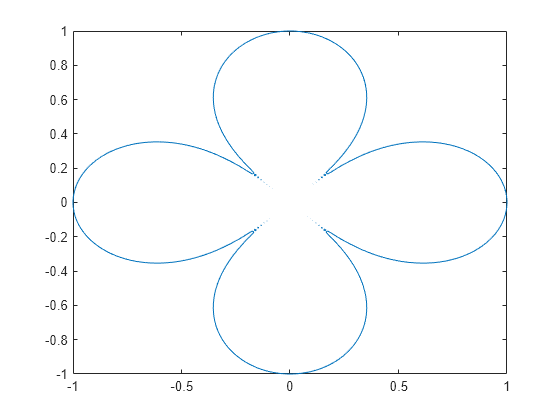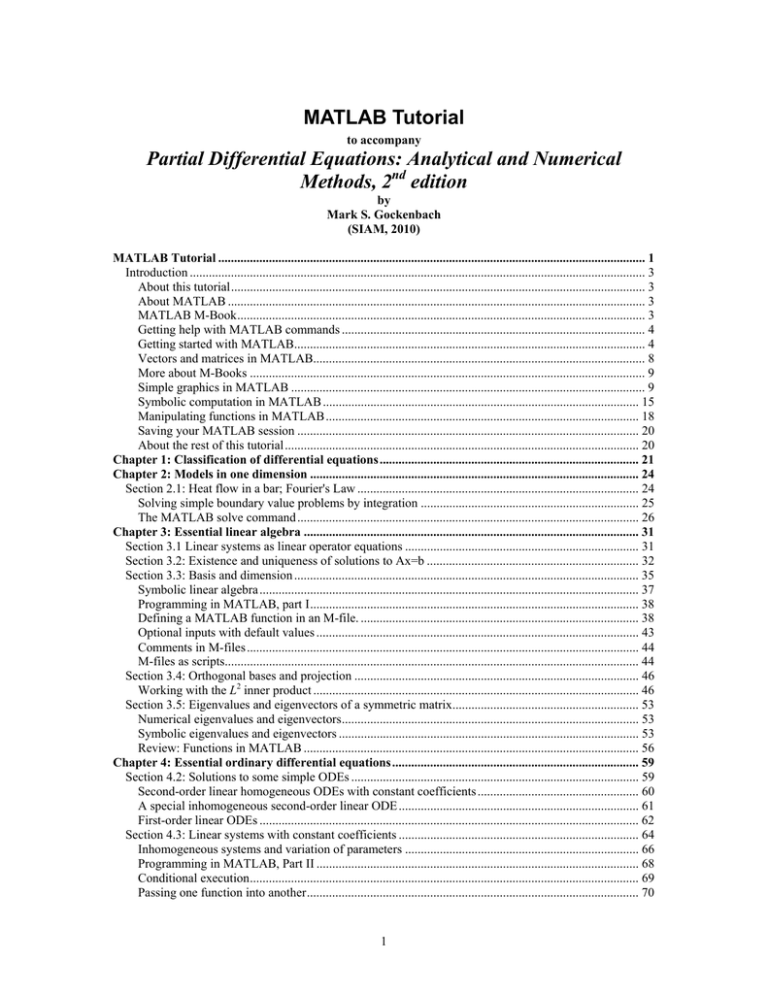

We need the following function: subvars subtable eqs eqsġ/2 * (2 * w * sigma) - lambda * r - mu This involves a little black magic, but it is not hard. For numerical optimisation it makes sense to combine indexed w, r, and sigma into vectors. Now each of the variables is separate variable. Now use symbolic differentiation to get the equations which we need to solve: > gradexpr gradexprġ/2 * (2 * w1 * sigma1) - lambda * r1 - muġ/2 * (2 * w2 * sigma2) - lambda * r2 - muġ/2 * (2 * w3 * sigma3) - lambda * r3 - mu The cost is of course speed, since hand-written functions will certainly work faster. This means that you can get from symbolic expression to function used in numerical optimisation quite fast. R is flexible in regards of combining symbolic differentiation and numerical optimisation. The command diff can also compute partial derivatives of expressions involving. Here is the example of implementation with R. Differentiation You can use diff to differentiate symbolic expressions. Or use a symbolic tool like Maxima (free) or Sage (also free, front end to Maxima). See this page for options: īut for a system as small and as simple as yours, I'd just do it by hand. This is a whole topic unto itself, but in short, if you're using MATLAB, you can use the INTLAB toolbox to quickly and easily calculate the derivatives you need. Follow the sequence of steps shown in the first example in the documentation for odeFunction.

Most optimization modeling languages (like AMPL or GAMS) provide AD facilities to solvers. If you have the symbolic toolbox then I recommend using that to set up the equations.
#HOW TO TAKE A PARTIAL DERIVATIVE IN MATLAB SYMBOLIC TOOLBOX SOFTWARE#
This is the fastest and most accurate technique for obtaining numerical derivatives of any order (they can be made accurate to machine precision), but it's also the most complicated from a software point of view. Some people do interpolation to calculate 2nd order derivatives, but all the nice properties of the complex method are lost in that approach. Note that you can only get 1st order derivatives using this method it cannot be chained. This is far more accurate than finite differencing, and for a sufficiently small $h$, you'll get a derivative that's pretty close to the exact derivative (to the limit of your machine precision). Extended Symbolic Math Toolbox with your installation of MATLAB, then you have access to all nongraphical Maple functions see help maple for. The derivative you get will be a real number.

$L=\fracĪny programming language that implements a complex number type (e.g.


 0 kommentar(er)
0 kommentar(er)
